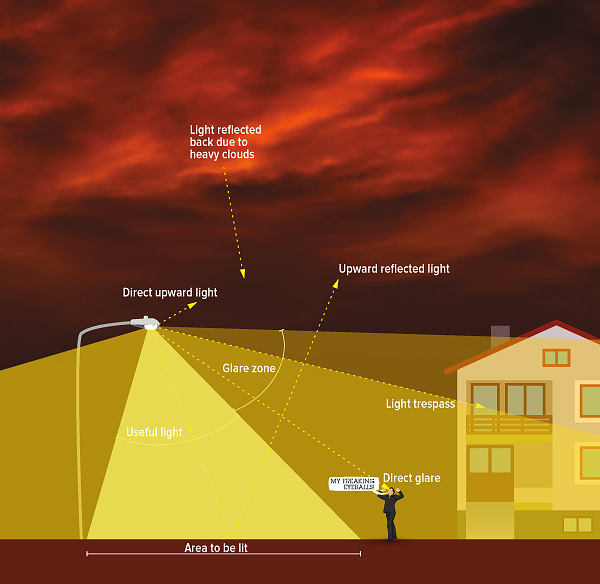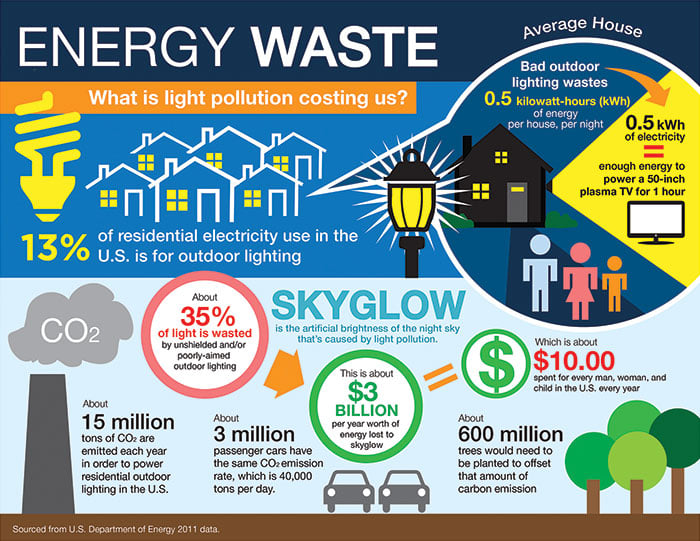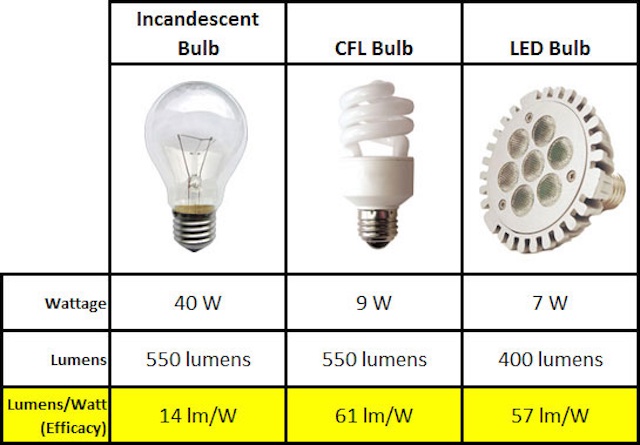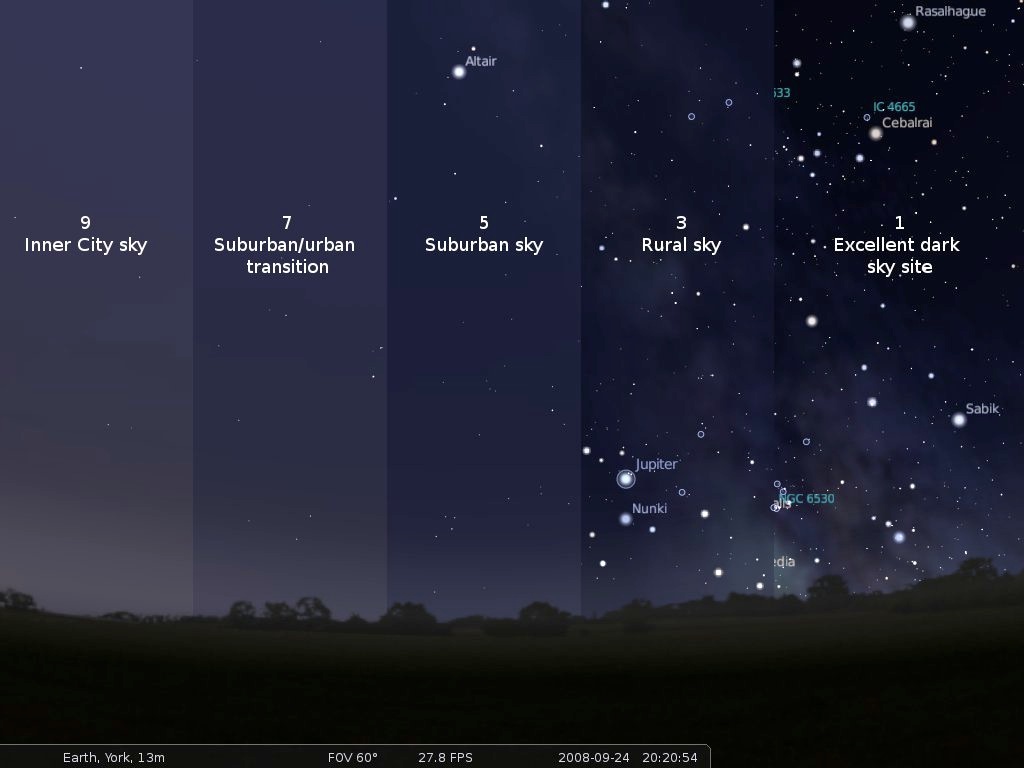When hearing about pollution, one typically thinks about air, water, and land. However, there are other types that are impactful and not as talked about. One of these types is light pollution. Although artificial light has been a great and impactful invention, we produce a lot of waste. The misuse of artificial light impacts the environment both directly and indirectly. This has impacts on the environment, economy, and ecosystems.
Light pollution can be divided into four components. First there is glare which is “excessive brightness that causes visual discomfort” (darksky). There is also skyglow: “brightening of the night sky over inhabited areas” (darksky). Another aspect is light trespass which is “light falling where it is not intended or need” (darksky). Last, there is clutter, which is “bright, confusing, and excessive groupings of light sources” (darksky). These four types combine to make it harder to see the night sky. This impacts not only humans, but wildlife.

Artificial lighting creates a lot of waste and harm; economically, environmentally, and is even dangerous to health. Poorly managed outdoor lighting wastes about $10 per U.S. citizen. In regard to the environment, the amount of carbon dioxide emitted to power outdoor lighting is the same as 3 million passenger cars (darksky). Along with need massive amounts of carbon dioxide, artificial light messes up body patterns in animals and humans. This includes the circadian rhythm which helps regulate our sleeping pattern. “An increasing amount of light at night lower melatonin production, which results in sleep deprivation, fatigue, headaches, stress, anxiety, and other health problems” (natgeo). Light pollution blocks moonlight which hinders the migratory patterns of birds, sea turtles, and other animals. This causes them to lose sense of direction and possibly die.

Using certain lightbulbs also have an impact on energy efficiency and sustainability. There are three main types of light bulbs: incandescent, CFL (Compact Fluorescent), and LED (Light-emitting Diodes). Incandescent bulbs are the most wasteful, in fact, generating heat is “90% of their output” (onecommunityglobal). This heat can also heat up one’s residence, increasing the air conditioning bill (as well as greenhouse gas emissions). CFLs use 75% less energy than incandescent bulbs and last 10,000 hours (10 times longer). However, they are not the most efficient light bulb. That title belongs to the LEDs. They can last 50,000 hours and emit little (if any) heat. The only downside is that they can be more expensive ($5, vs. $2 and $1 in CFLs and LEDs, respectively).

In the cabins, we have several amenities in order to limit light usage and pollution. The bathrooms have special sun lights so that we do not have to turn any artificial lighting on until at night. They do a great job of lighting up the room, so that it even works in the evening. We also have LED-strips around the common area, so that we do not have to use the other lights at night. However, there are some issues with artificial lighting and living in a dorm. Since we do not pay the electricity bill, students may be prone to leaving their lights on without a care. These are indoor lights so they do not severely impact light pollution, but this still burns fossil fuels, wastes money, and can contribute to some light pollution. I usually turn off my own lights in my room, but I can be guilty of not turning lights off in the common area. However, I have gotten better about it. If there is no one in the common area and I am leaving it, I will make sure to turn the main lights off.
Light pollution is a lesser known but harmful detriment to the environment. It directly harms human health, natural habitats, and stops us from enjoying the beauty of the night sky. Indirectly, too much light usage uses up more fossil fuels and drives up energy costs. By making sure to use sustainable light bulbs, improving natural lighting, and turning off lights when not in use, humans can live a healthier and more sustainable life.

LED Light Bulbs: Comparison Charts | Eartheasy Guides & Articles
Light Bulb Buying Guide: How to Choose LEDs, CFLs – Even WiFi Smart Lights | HGTV
Light Pollution | National Geographic Society
Light Pollution: The Overuse & Misuse of Artificial Light at Night – JMU
Light Pollution Wastes Energy and Money – International Dark-Sky Association (darksky.org)
Most Sustainable Lightbulbs & Light Bulb Companies Research & Savings (onecommunityglobal.org)